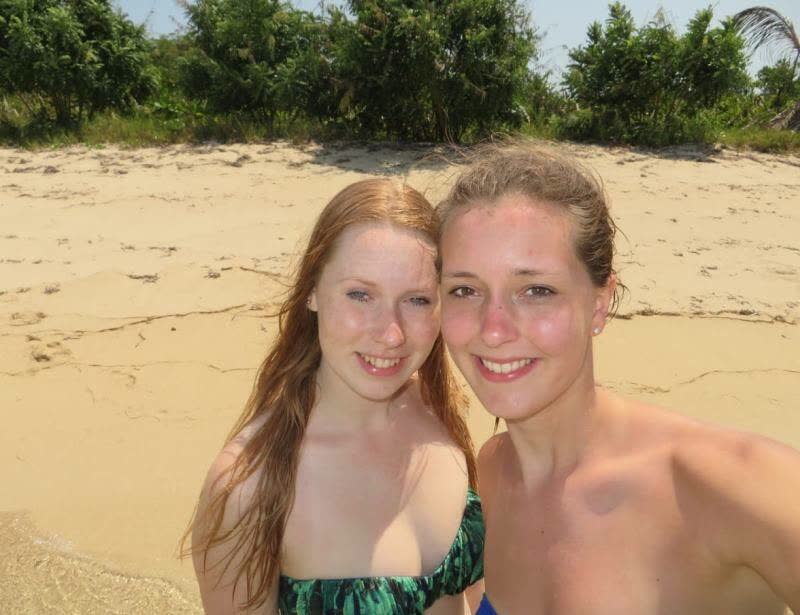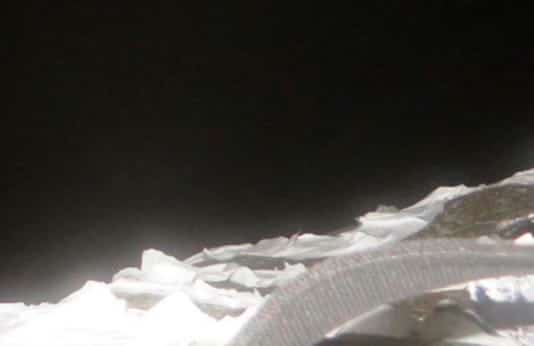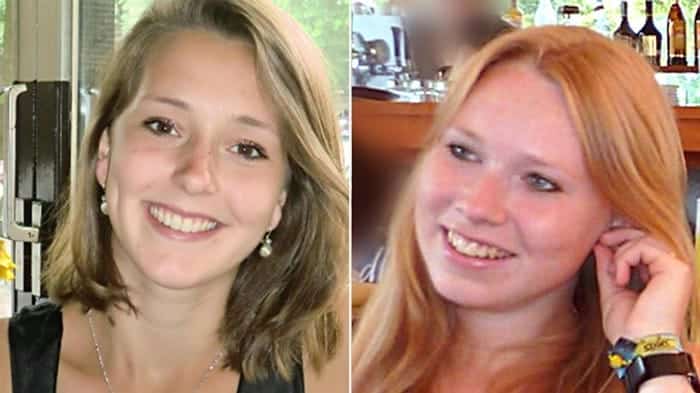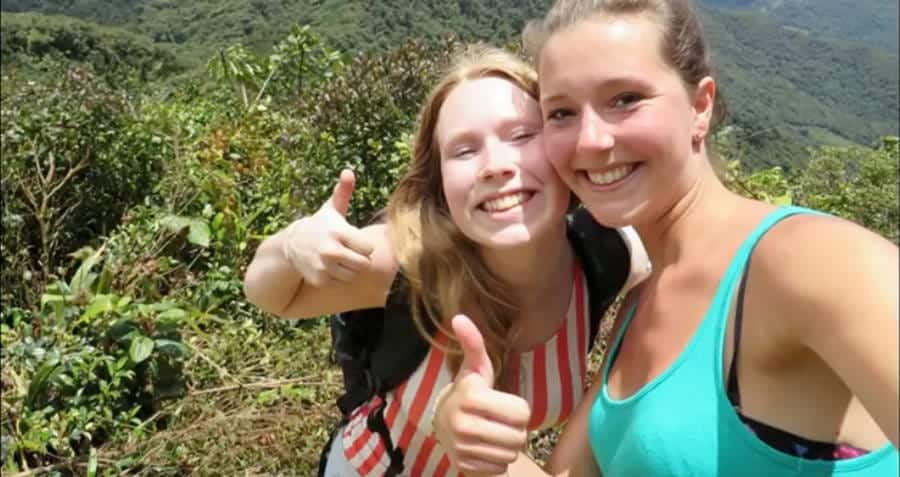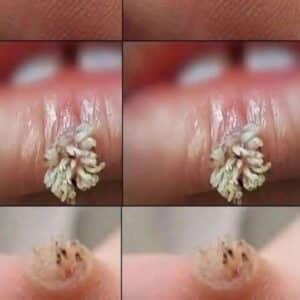In April 2014, the disappearance of Kris Kremers and Lisanne Froon shook the world. What began as an exciting backpacking trip in Panama turned into one of the most haunting unsolved mysteries in recent history.
Kris and Lisanne, two young women from the Netherlands in their early twenties, were last seen on April 1 as they left their accommodation in Boquete, Panama. Dressed in shorts and tank tops and carrying a small backpack with essentials like a water bottle, camera, and cell phones, they set off for a brief hike to a scenic viewpoint known as Mirador. They assured their host they’d return before dark. They never did.
Kris, 21, was known for her creativity and responsibility, while 22-year-old Lisanne was an aspiring psychologist with a love for volleyball. The two had moved in together just weeks earlier, working at a local café to save for their trip. They arrived in Panama in mid-March, planning to explore the country, improve their Spanish, and volunteer with children.
On the morning of April 1, they headed out with their host family’s dog along the El Pianista trail. The dog returned alone later that day. Alarmed, the host family began searching and, by April 2, authorities were involved. Their families flew in from the Netherlands to join the effort, but despite an extensive search, no trace of the girls emerged for weeks.
Almost two months later, a local woman found a blue backpack in a rice paddy near a riverbank. Inside were sunglasses, cash, two bras, a water bottle, Lisanne’s passport — and most notably, the girls’ cell phones and a digital camera. These devices would unveil a chilling narrative.
The phones showed that the women had attempted to dial emergency numbers 77 times over several days, starting just hours after their hike began. Only one call connected, briefly, for two seconds. Attempts to unlock one of the phones using the wrong PIN code began on April 6 and continued until the battery finally died on April 11.
The camera contained over a hundred photos. Initially, they captured the hike, with the girls smiling, seemingly carefree. But beginning at 1 a.m. on April 8, the images took a dark turn. More than 90 photos were taken during a span of three hours in the jungle at night. The images were disjointed and disturbing — mounds of earth, plastic bags, items arranged in strange patterns, and a close-up of what appeared to be the back of Kris’s head with possible traces of blood.
In one photo from earlier that day, Kris appeared hunched, her face tense, with her hands possibly bound behind her back. The girls were absent from all of the night photos, except for one ambiguous shot of blonde hair. Another image featured toilet paper and a mirror, potentially forming an SOS signal. The purpose of the photos remains unclear.
Months after the backpack’s discovery, more evidence surfaced. Kris’s clothes were found folded along a river. Later, human remains were located — a pelvic bone and a boot containing a foot. Forensic analysis suggested different rates of decomposition. Lisanne’s remains showed natural decay. Kris’s bones appeared unnaturally bleached.
Despite numerous investigations, there are no confirmed eyewitnesses, suspects, or explanations. Dutch and Panamanian authorities considered an accidental fall, possibly into a ravine, but could not confirm any definitive cause of death.
Years later, the tragic fate of Kris Kremers and Lisanne Froon remains a heartbreaking mystery. The clues they left behind — the calls, the photos, the remains — offer only fragments. Their families and the public are left with questions that may never be answered, haunted by the story of two young women who vanished in the jungle and were never seen alive again.
